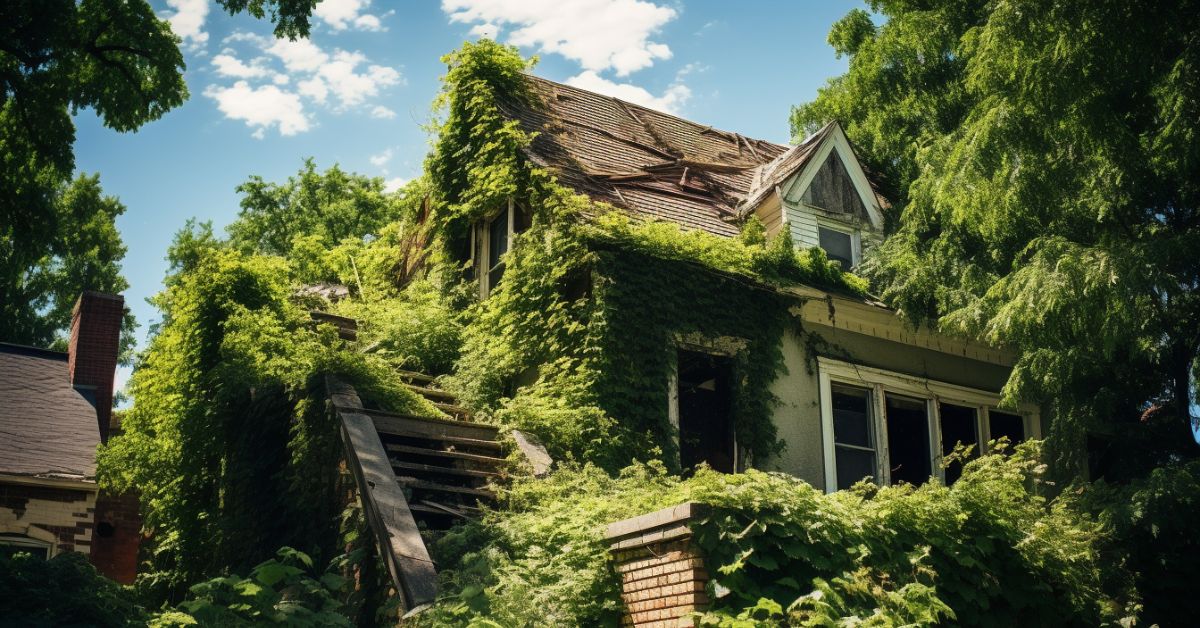
September 18, 2023
The Impact of Trees and Shrubbery on Your Roof’s Health
For many homeowners, having a beautifully landscaped yard filled with tall trees and flowering shrubs can be a source of immense pride. These natural elements not only enhance the aesthetic appeal of your property but also offer shade, reducing energy costs during the warm months. However, if not carefully managed, trees and shrubbery can have a detrimental impact on your roof’s health. In this article, we will delve deep into understanding the interplay between trees, shrubs, and your roof, and what you can do to maintain the perfect balance.
1. Potential Dangers of Trees and Shrubbery to Your Roof
a. Falling Branches: One of the most immediate threats posed by tall trees is the falling of branches. In storms or high winds, weak branches can break off and fall onto your roof, causing significant damage. Even without storms, overhanging branches that are too close can scrape against roof materials, reducing their lifespan.
b. Leaves and Debris: Trees shedding leaves, needles, and twigs can lead to debris accumulation on your roof. This debris can trap moisture, which over time can cause rot, mold growth, and a weakening of the roof structure.
c. Moss and Algae Growth: Shaded roofs, especially those under tree canopies, are prone to the growth of moss and algae. These organisms thrive in moist, shaded conditions. Their growth can deteriorate roofing materials and cause water to seep underneath shingles.
d. Pests and Critters: Trees can act as a bridge for squirrels, raccoons, and other critters, allowing them easy access to your roof. These animals can gnaw on your roofing materials, create nests, and cause a host of other problems.
2. The Hidden Issues with Shrubbery
While they may seem less threatening because of their size, shrubs can harm your roof, especially if they’re planted too close to the home’s foundation. Their roots can grow under the foundation and dislodge rainwater drainage systems, directing water towards the base of your home. Over time, this can lead to basement leaks, mold growth, and even foundational issues.
3. Tips for Maintaining a Healthy Balance
a. Regular Pruning: One of the simplest ways to prevent potential roof damage is by regularly pruning your trees and shrubs. This will help remove weak or dead branches and keep growth away from your home.
b. Clean Gutters Regularly: Gutters filled with leaves and debris can lead to water back-up and damage to the roof edge. Regular cleaning, especially during the fall, is crucial.
c. Roof Inspections: It’s a good idea to get your roof inspected at least once a year. Professionals can identify and fix potential issues before they become significant problems.
d. Consider Roof-Friendly Trees: If you’re thinking about planting new trees, opt for those with less aggressive root systems and ones that don’t shed excessively.
e. Maintain Distance: Ensure there’s a good distance between your shrubs and your home’s foundation. This can prevent foundational water issues and also deter pests from climbing onto your roof.
Conclusion
While trees and shrubbery undeniably add beauty and value to your property, they require careful management to ensure the health of your roof isn’t compromised. By following the above guidelines and being proactive in your maintenance efforts, you can enjoy the best of both worlds: a beautiful landscape and a strong, durable roof.
If you’ve noticed any signs of roof damage or if it’s been a while since your last roof inspection, don’t hesitate. The health of your roof is paramount in protecting your home and family.
CONTACT US TODAY for a professional roof inspection and ensure your roof remains in top condition. Remember, it’s always better to be proactive than to deal with costly repairs down the line!
